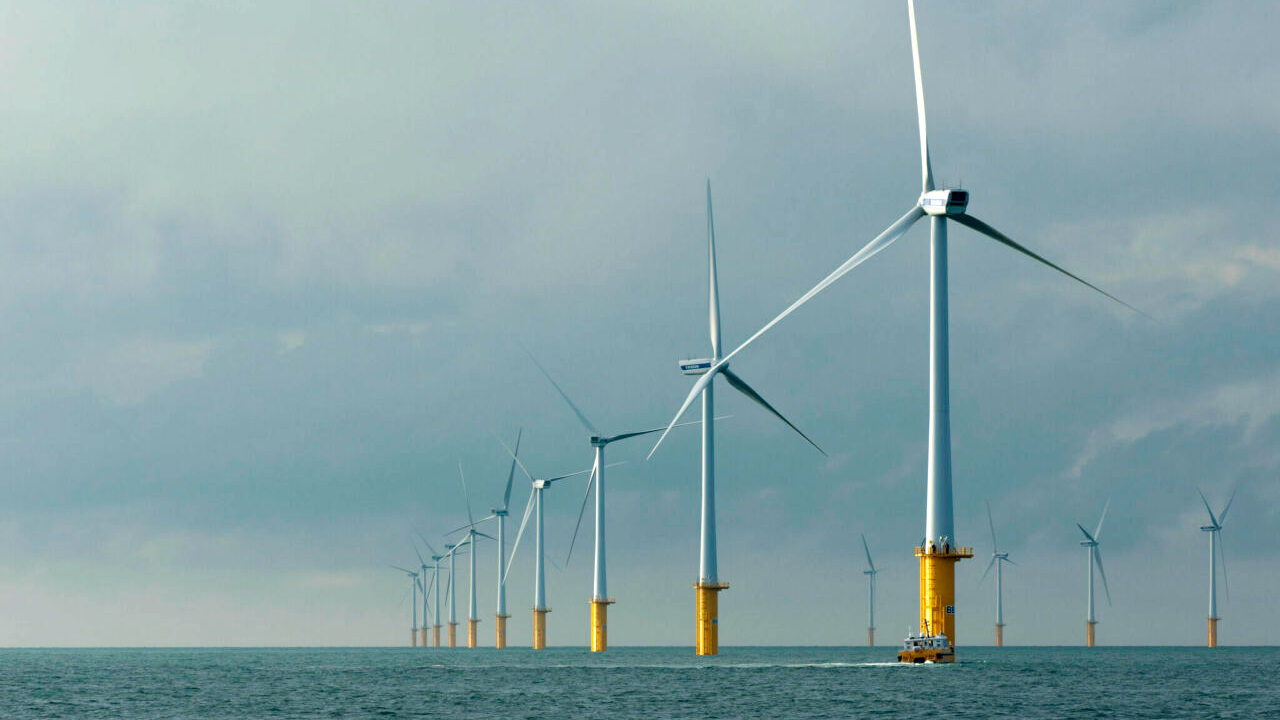Citymesh installs private 5G in North Sea to secure EU power infrastructure

Private network operator and industrial connectivity specialist Citymesh has deployed a private 5G network – or rather upgraded an existing private LTE network – at the Nobelwind wind farm in the North Sea, about 50 kilometres off the Belgian coast. The work is part of the new 5G Seacurity project to secure offshore power infrastructure, and follows a security pact in April between six North Sea countries, including Belgium, to better protect crucial assets in the region.
Denmark, Germany, the Netherlands, Norway, and the UK also signed the deal, which follows on from the North Sea Security Pact, signed at the North Sea Summit in April of 2023. Tensions are high because of tensions with Russia, notably. Swedish security services firm Securitas is leading a core of Belgian groups on the Nobelwind endeavour, also including FOD Mobiliteit, the federal transport agency, video analytics firm Phoenix AI, and cloud robotics company Dotocean.
The Nobelwind facility is one of three wind farms operated by Belgian firm Parkwind in the North Sea. Fifty turbines across 19.8 square kilometres at the site supply power for around 190,000 households on the mainland. The project, which has received government funding, connects a new IoT sensor array to the upgraded 5G network, which includes stationary and mobile radars, cameras, and autonomous vehicles. A statement said: “[The solution] allows us to respond to threats from ships and drones in real time… Sensors connected via 5G can transmit enormous amounts of data with minimal delay and high reliability, essential for immediate identification of and response to threats.”
The new 5G network also supports remote-controlled offshore aerial drones (UAVs) and surface (or boat) drones (USVs). The group said AI is an “essential part” of the security system, too. It stated: “AI is often perceived as a ‘black box’ provided by cloud services, which can pose security challenges. The great value of this project is that it solves these security challenges by using advanced on-device AI that can be deployed on remote off-shore infrastructures, and is ideally suited for industrial use.”
The consortium explained: “The AI algorithms analyse the enormous data streams from the 5G sensor network, identifying potential threats at lightning speed. These are forwarded to the Security Operations Center (SOC), where specialised teams can assess the situation and take action. The SOC serves as the cockpit of the entire operation, where all data is accurately analysed and the control of USVs and UAVs is coordinated. All this happens remotely, via the robust 5G network that guarantees a fast and effective response to any threat.”

Comments are closed.